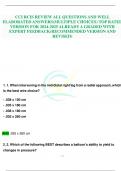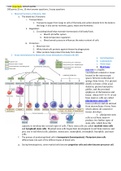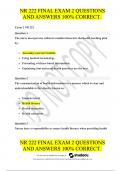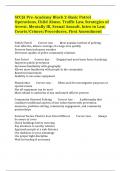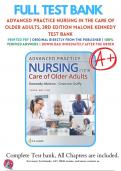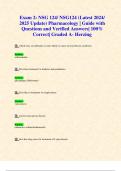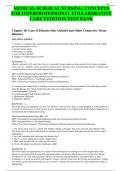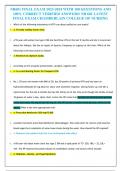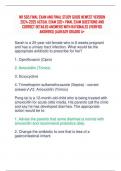Exam (elaborations)
NGN NCLEX RN EXAM TEST BANK | ACCURATE AND VERIFIED 600 QUESTIONS AND ANSWERS WITH RATIONALES | EXPERT VERIFIED FOR GUARANTEED PASS | GRADED A | LATEST UPDATE | ALL YOU NEED TO ACE IT
- Course
- Institution
NGN NCLEX RN EXAM TEST BANK | ACCURATE AND VERIFIED 600 QUESTIONS AND ANSWERS WITH RATIONALES | EXPERT VERIFIED FOR GUARANTEED PASS | GRADED A | LATEST UPDATE | ALL YOU NEED TO ACE IT
[Show more]




